We use cookies to make your experience better. To comply with the new e-Privacy directive, we need to ask for your consent to set the cookies. Learn more
How to choose the best hay for horses?
Whats the best hay for horses?
What exactly does it mean when you see 'First Cut' or 'Second Cut' mentioned in a hay advertisement? The 'cut' refers to the time in the season that the hay was cut & baled. You can expect different properties with the hay, as it matures through the growing season.
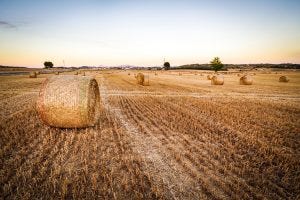 best hay for horses
best hay for horses
First Cut Hay
The first cut of hay is the first hay harvested from a field for that year.
This is the cut that's taken before the hay blooms and is a good, solid hay. The stems are thin and flexible, and it has a high fibre content. First, cut hay also has a lower fat and protein content.
'First cut' is a great hay for a horse that needs to lose a bit of weight or needs to increase their fibre intake.
Second Cut Hay
Second cut hay is the hay most people feed their horses. There are more leaves on the stems than the first cut; the stems are also thinner.
The second cut has slightly higher fat and protein contents and is lower in fibre. This is the standard go-to hay for adults horses and should smell good even to us humans.
Third Cut Hay
Third cut hay is really soft and super leafy. It looks pretty and has much higher levels of proteins and fats and is, unfortunately, low in fibre.
Horses need fibre, lots and lots and lots of fibre. Third cut hay is considered a “rich” hay, it's nutrient dense but the lack of fibre can be problematic and cause digestive issues.
Third cut hay is generally a treat hay you mix in with second or first cut when you want to put weight on a sick or elderly horse, or you just want to encourage eating.
No matter what cut of hay you buy, it should smell nice and clean. There should be no scent of mould and as low dust as possible.
To avoid health issues consider sourcing the best hay for horses. It will save you money in the long run.

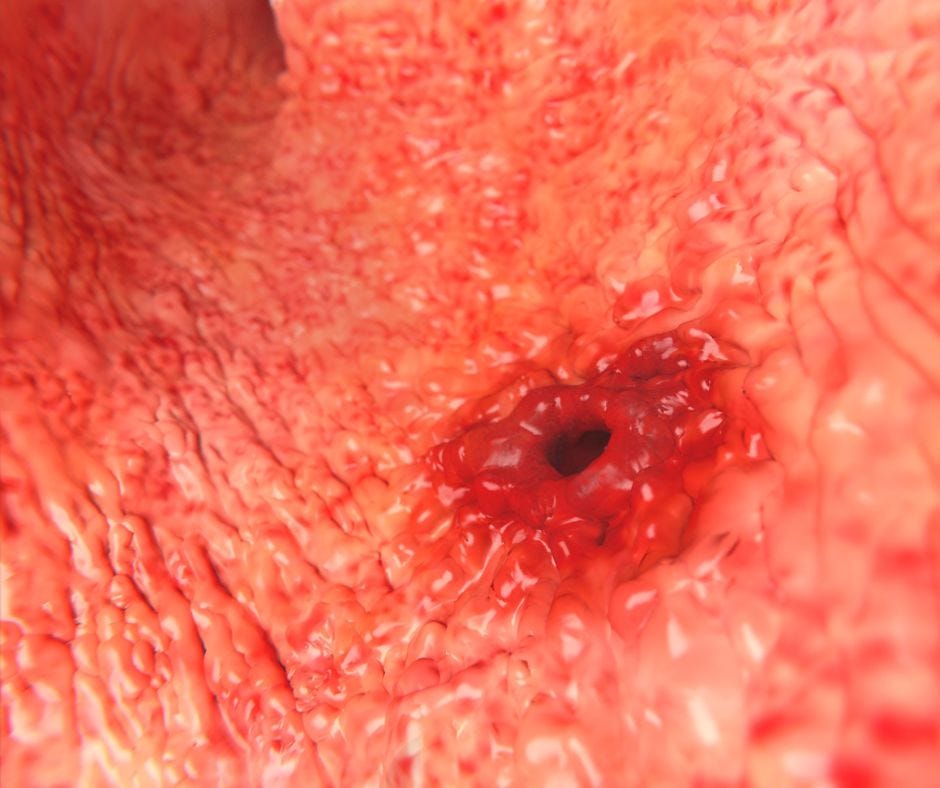
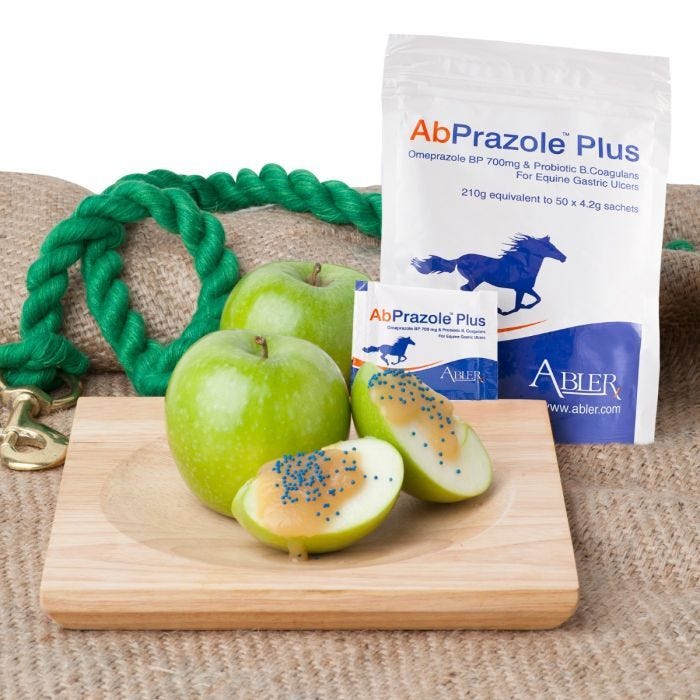
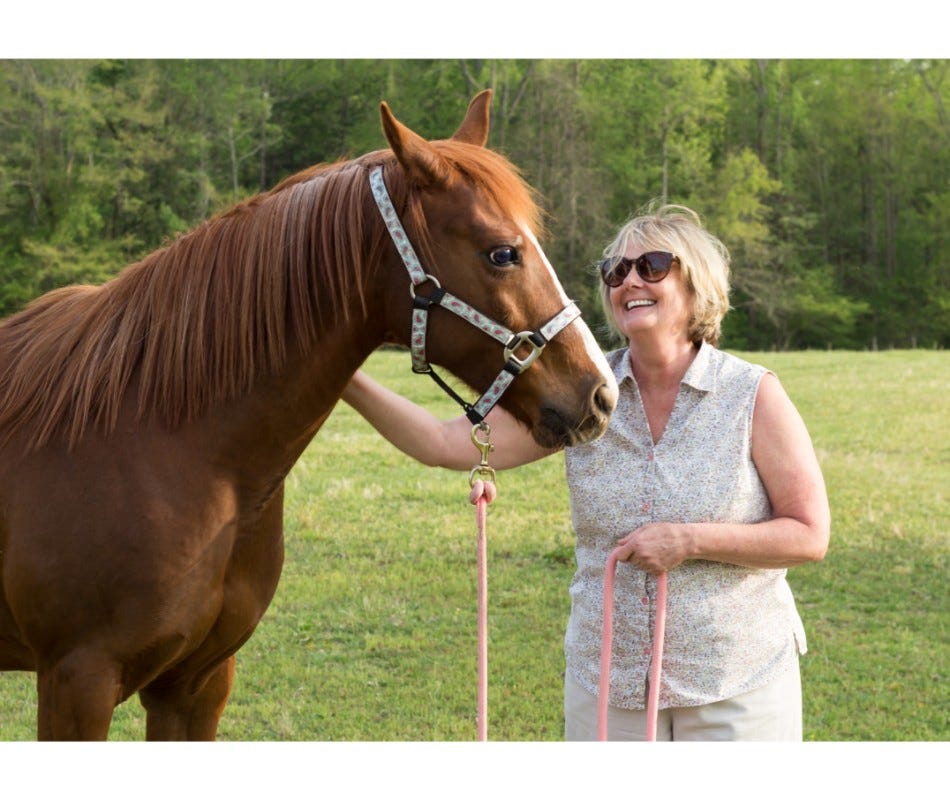
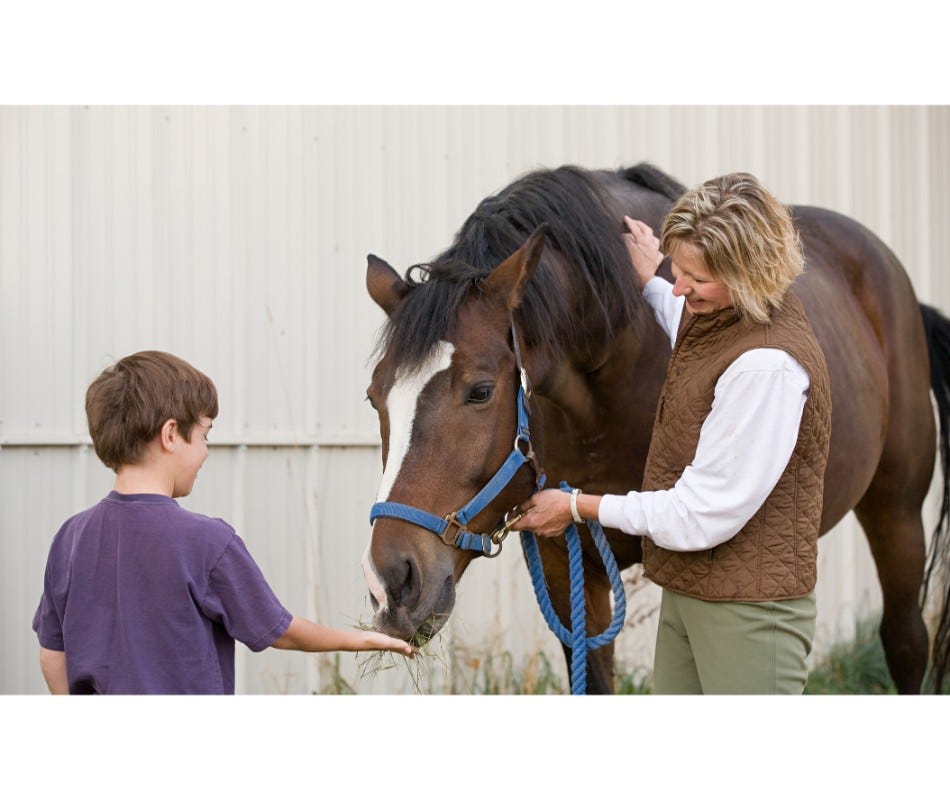
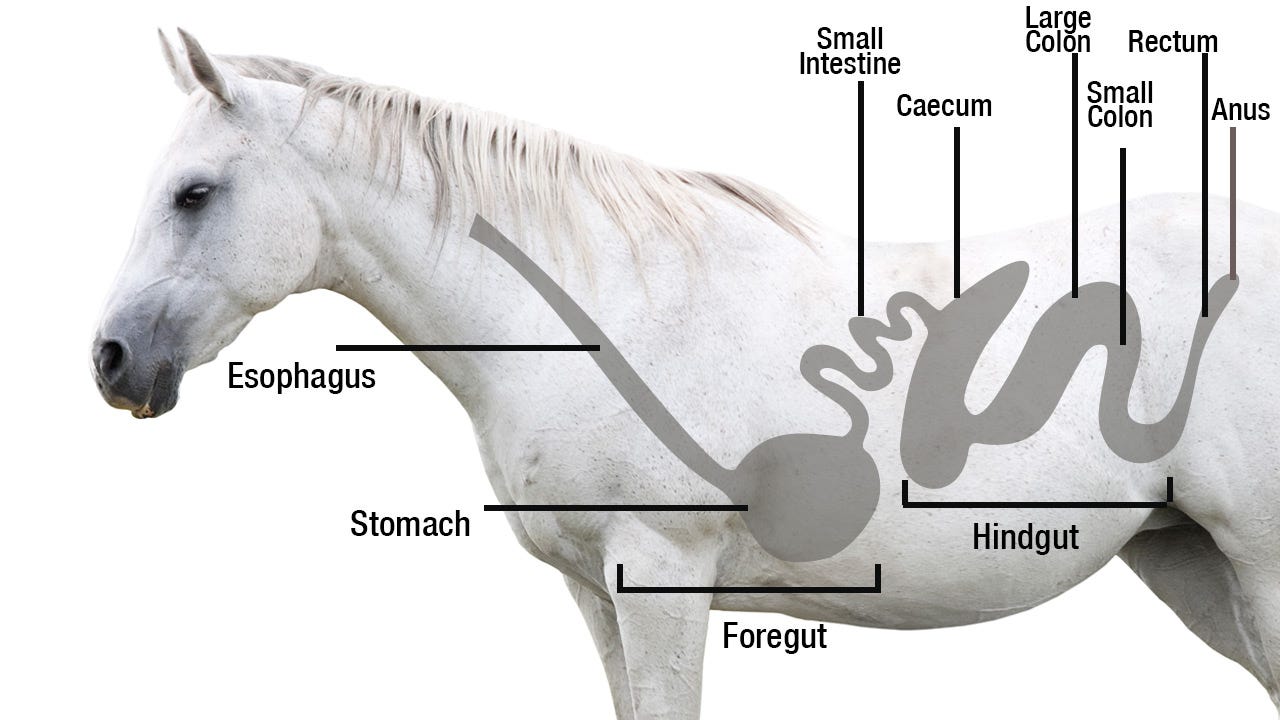
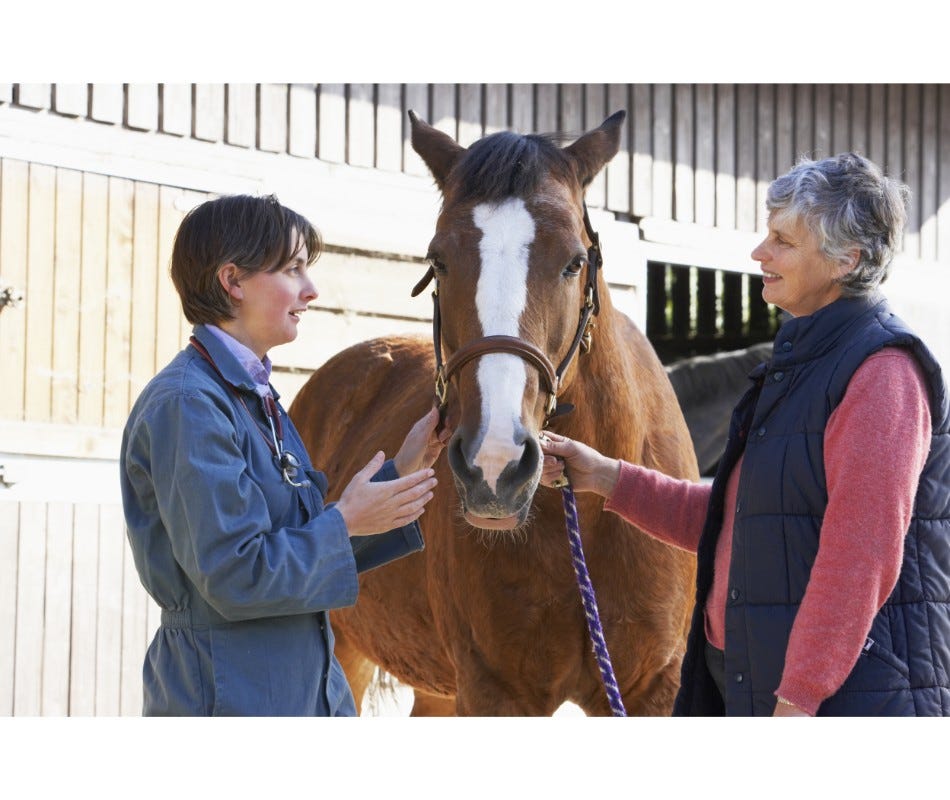
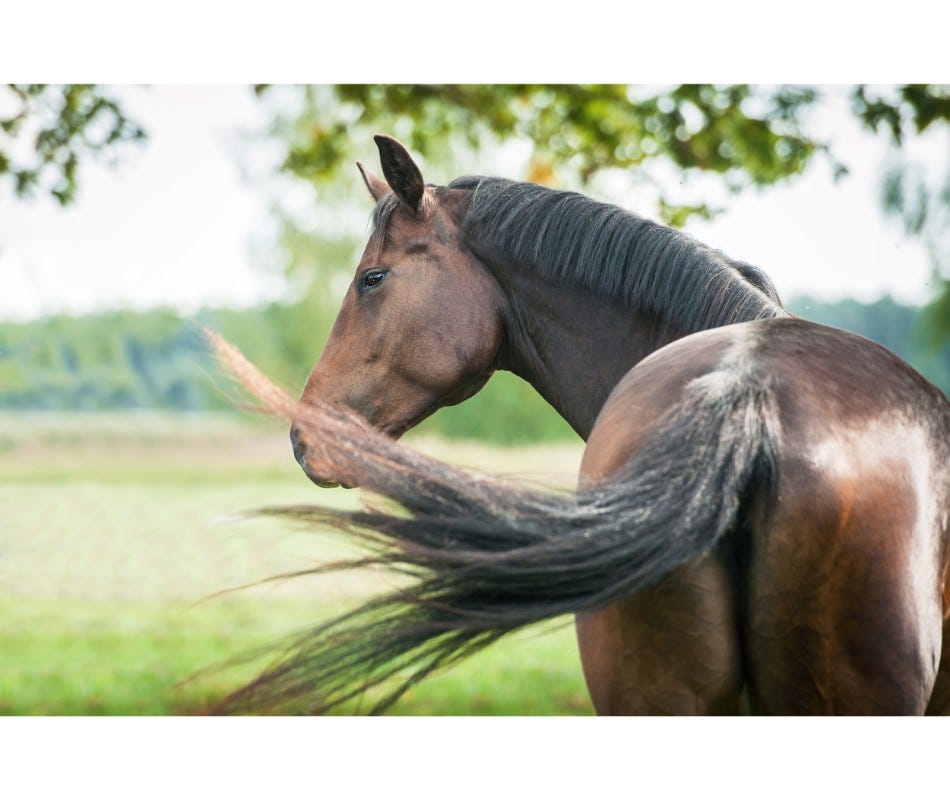
Validate your login